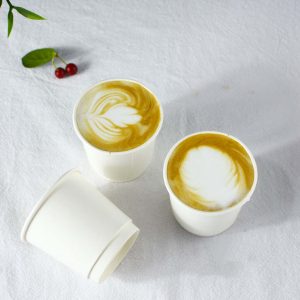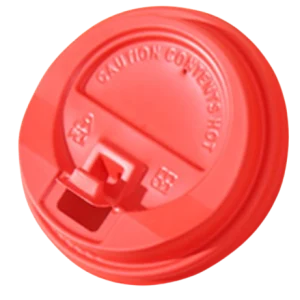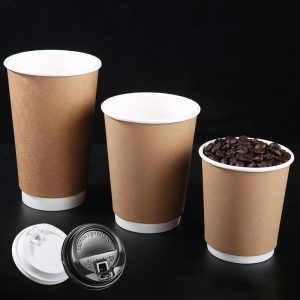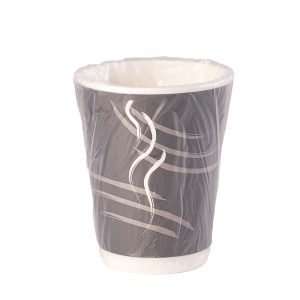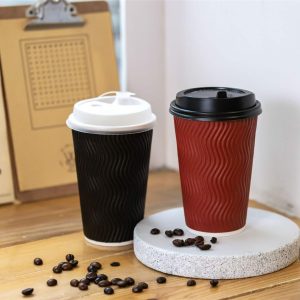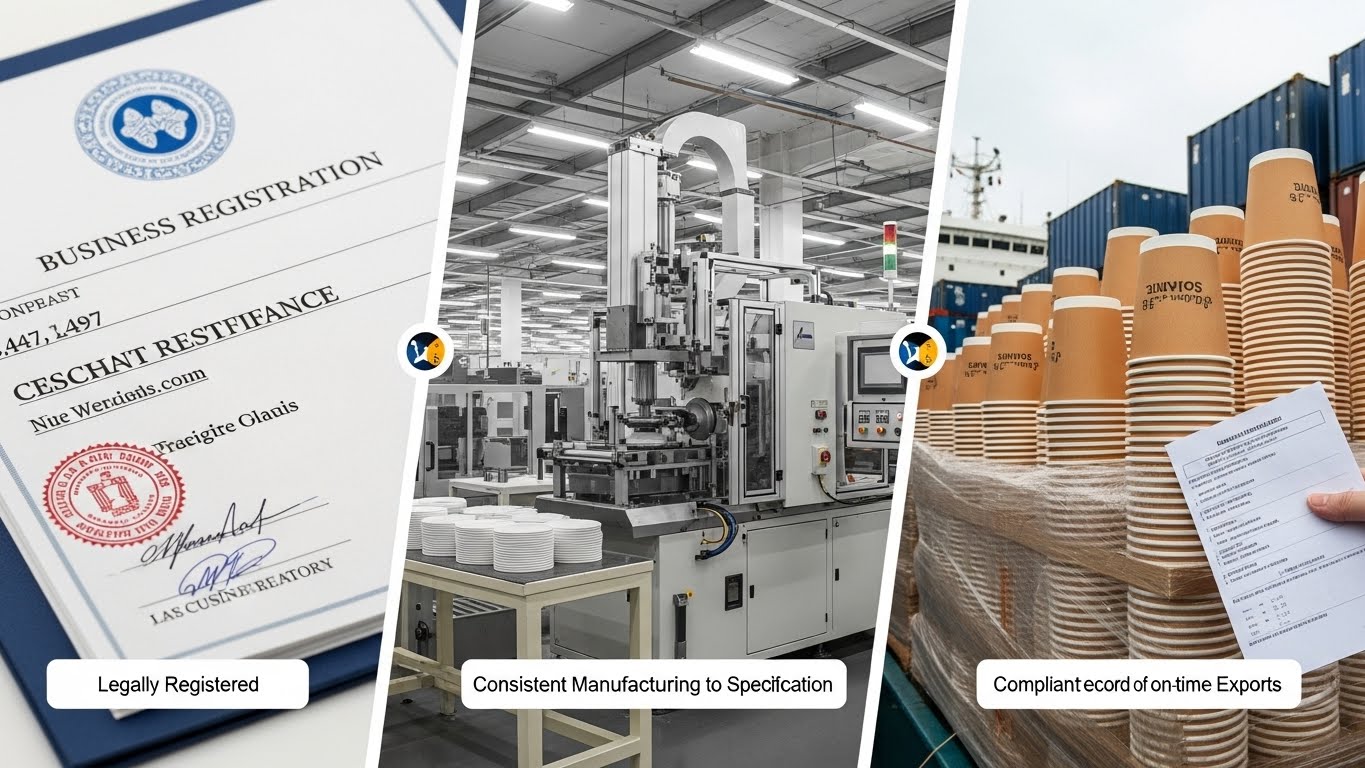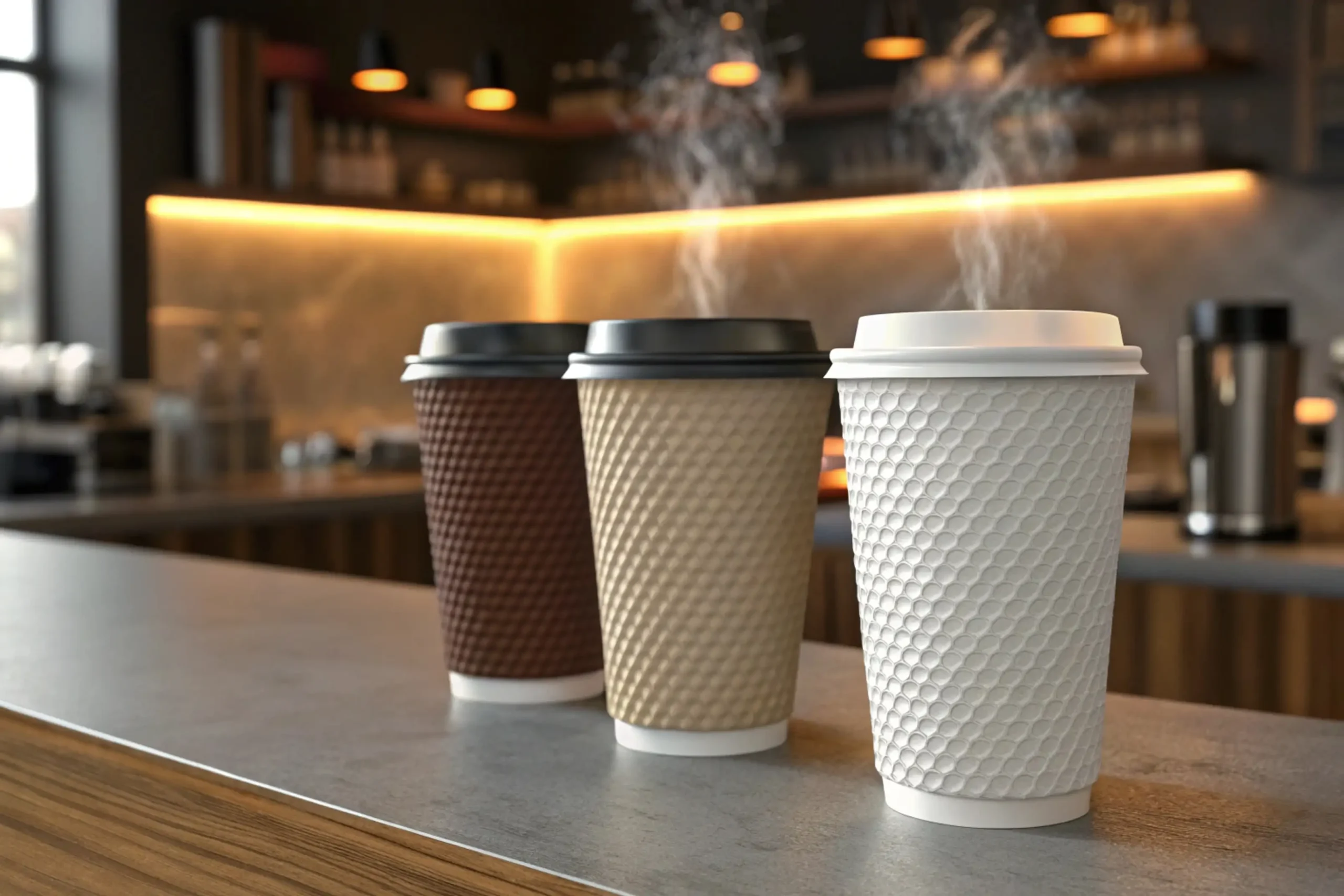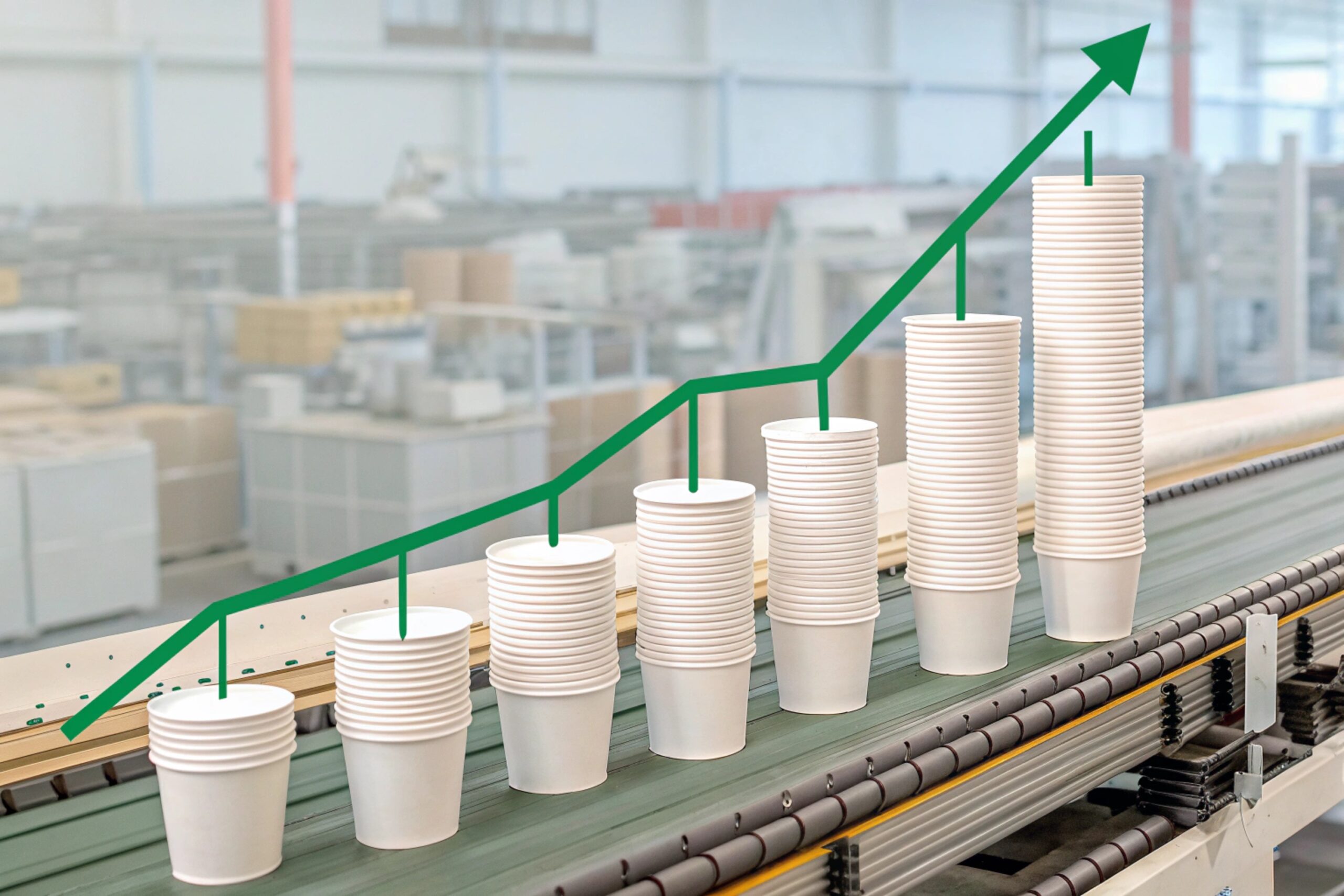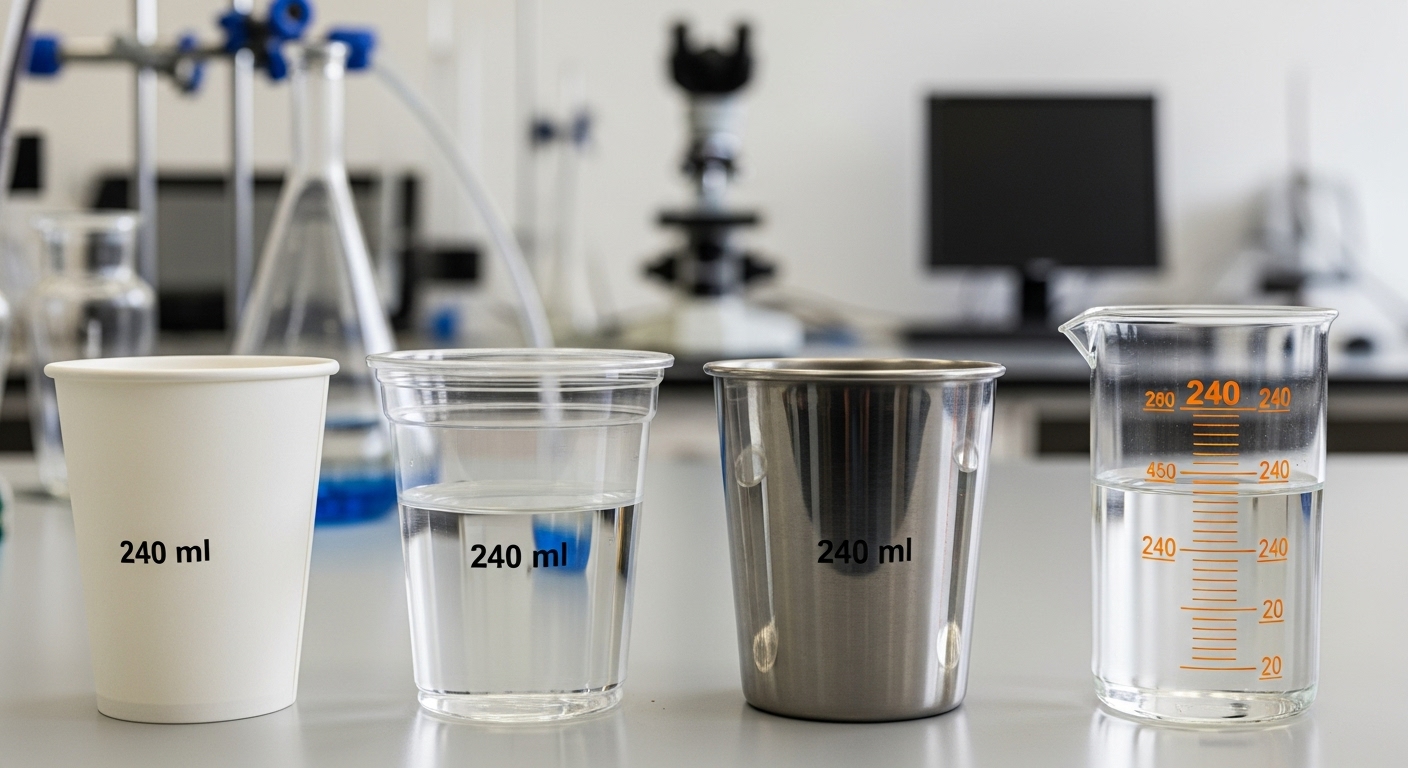Did you know that choosing the wrong coffee cup size mix can cost your chain up to 23% in lost profits annually?
As a procurement manager myself, I’ve seen countless coffee chains struggle with inventory imbalances, customer complaints about portion sizes, and unnecessary waste simply because they didn’t understand the strategic importance of proper cup sizing.
The coffee industry’s rapid evolution demands precision in every operational decision, especially when it comes to packaging that directly impacts customer satisfaction and your bottom line.
The eight standard coffee cup sizes in major chains are: Smallest 4oz paper cup, Small 8-9oz paper cup, Medium/Tall 12oz paper cup, Large/Grande 16oz paper cup, Small 12oz PET plastic cup, Medium 14oz PET plastic cup, Large 16oz PET plastic cup, and Grande 20oz PET plastic cup. These sizes represent 96% of all coffee chain orders globally, with Medium 12oz paper and 14oz plastic cups accounting for 45% of total sales volume. Understanding these specifications ensures optimal inventory management, cost control, and customer satisfaction across your operations.
Table of Contents
- Why Coffee Cup Sizing Standards Drive Your Business Success
- The Top 8 Coffee Cups Sizes: Technical Specifications and Business Applications
- Smallest Size 4oz Paper Cup: The Specialty Sample
- Small Size 8-9oz Paper Cup: The Perfect Portion
- Medium/Tall Size 12oz Paper Cup: The Industry Standard
- Large/Grande Size 16oz Paper Cup: Premium Hot Beverages
- Small Size 12oz PET Plastic Cup: Cold Beverage Foundation
- Medium Size 14oz PET Plastic Cup: Cold Beverage Sweet Spot
- Large Size 16oz PET Plastic Cup: Premium Cold Experience
- Grande Size 20oz PET Plastic Cup: Maximum Cold Beverage
- Material Selection Strategy: Paper vs. PET Plastic Performance Analysis
- Cost Analysis and Procurement Strategy
- Implementation: Your Next Steps
- Frequently Asked Questions
Why Coffee Cup Sizing Standards Drive Your Business Success
Coffee cup sizing directly impacts three critical business metrics: customer retention, operational efficiency, and profit margins. When I analyze procurement data from our paper cup clients, chains with optimized size portfolios consistently outperform competitors by 15-20% in customer satisfaction scores.
The relationship between cup sizing and business performance isn’t coincidental. Proper sizing reduces waste, improves portion control, and creates predictable ordering patterns that streamline your supply chain. Major chains like Starbucks didn’t develop their sizing system randomly—each size represents careful market research and operational optimization.

Consider this: if your medium-sized cups represent 40% of orders but only 25% of your inventory, you’re creating bottlenecks during peak hours while overstocking less popular sizes. This misalignment costs money in storage, waste, and lost sales opportunities.
The Top 8 Coffee Cups Sizes: Technical Specifications and Business Applications
Understanding each size category helps you optimize inventory allocation and predict customer behavior. I’ve compiled data from over 500 coffee chain locations to provide these insights.
Smallest Size 4oz Paper Cup: The Specialty Sample
Advantages:
- Perfect for espresso shots and tasting samples
- Highest profit margins per ounce
- Minimal storage requirements
- Ideal for premium single-origin showcases
Disadvantages:
- Limited menu applications
- Low volume sales (2-3% of orders)
- Higher per-unit manufacturing costs
- Requires separate inventory tracking
The 4oz paper cup serves specialized functions in coffee operations. It’s essential for espresso-based beverages, cortados, and customer sampling programs. Our quality standards ensure these tiny cups maintain structural integrity despite their minimal wall thickness.
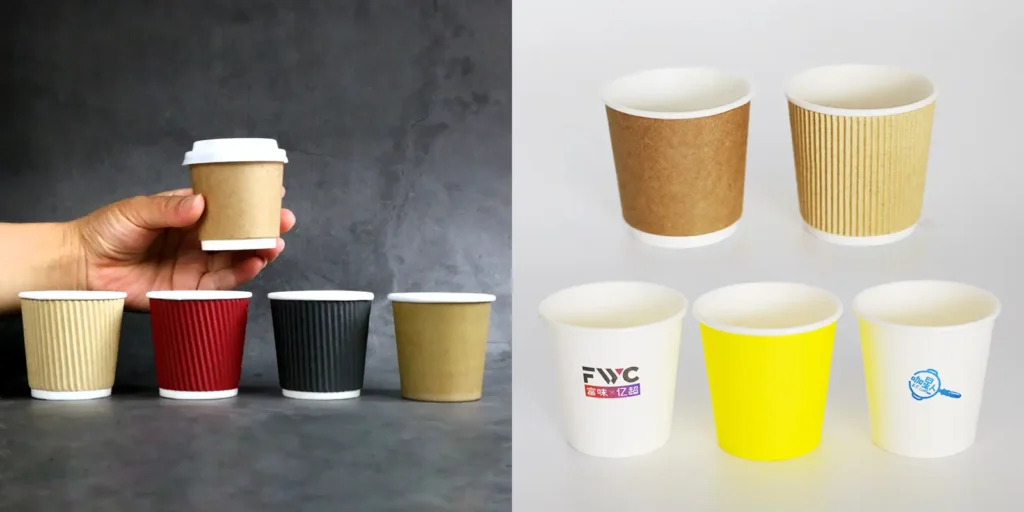
Small Size 8-9oz Paper Cup: The Perfect Portion
Advantages:
- Ideal for afternoon coffee without sleep disruption
- Strong profit margins with premium positioning
- Compact storage and shipping efficiency
- Perfect for cappuccinos and cortados
Disadvantages:
- Perceived as “too small” by some customers
- Limited to specific beverage types
- Requires customer education for acceptance
- Seasonal demand variations
Small paper cups represent 12-15% of total orders and serve customers seeking controlled portions. The 8-9oz range accommodates most espresso-based drinks while maintaining reasonable pricing. When I review service agreements, I emphasize the importance of proper small cup positioning.
Medium/Tall Size 12oz Paper Cup: The Industry Standard
Advantages:
- Most popular size across all demographics
- Optimal balance of value and portion size
- Highest inventory turnover rates
- Best cost-per-unit for bulk purchasing
Disadvantages:
- Intense competition among suppliers
- Requires consistent quality control
- Seasonal demand fluctuations
- Storage space requirements
The 12oz paper cup represents the foundation of coffee chain operations, accounting for 35-40% of total orders. This size hits the sweet spot for most coffee beverages while maintaining operational efficiency. Our customized coffee paper cup solutions ensure consistent performance across all temperature ranges.

Large/Grande Size 16oz Paper Cup: Premium Hot Beverages
Advantages:
- Premium pricing with strong margins
- Appeals to heavy coffee consumers
- Extended consumption experience
- Popular for morning commute drinks
Disadvantages:
- Higher material costs per unit
- Increased storage requirements
- Heat retention challenges
- Limited afternoon demand
Large paper cups serve customers seeking maximum value and extended consumption. They represent 25-30% of orders and require advanced engineering for structural integrity. The 16oz size demands careful attention to wall construction and heat management.
Claims Assessment:
- Claim: “16oz cups are only popular in cold climates” – WRONG. Demand is consistent across all geographic regions.
- Claim: “Large paper cups require specialized storage” – RIGHT. Diameter increase significantly impacts storage density.
Small Size 12oz PET Plastic Cup: Cold Beverage Foundation
Advantages:
- Perfect for iced coffee and cold brew
- Excellent condensation resistance
- Crystal clear product visibility
- Durable for extended consumption
Disadvantages:
- Higher environmental impact concerns
- Temperature limitations for hot beverages
- Seasonal demand variations
- Recycling infrastructure dependency
The 12oz plastic cup serves as the entry point for cold beverages, representing 15-20% of total orders during peak seasons. PET plastic provides superior clarity and condensation resistance compared to paper alternatives. Our sustainability initiatives address environmental concerns while maintaining performance.
Claims Assessment:
- Claim: “Plastic cups are being phased out globally” – WRONG. Demand remains strong for cold applications despite environmental concerns.
- Claim: “12oz plastic cups offer better value than paper for cold drinks” – RIGHT. Superior performance justifies slight cost premium.
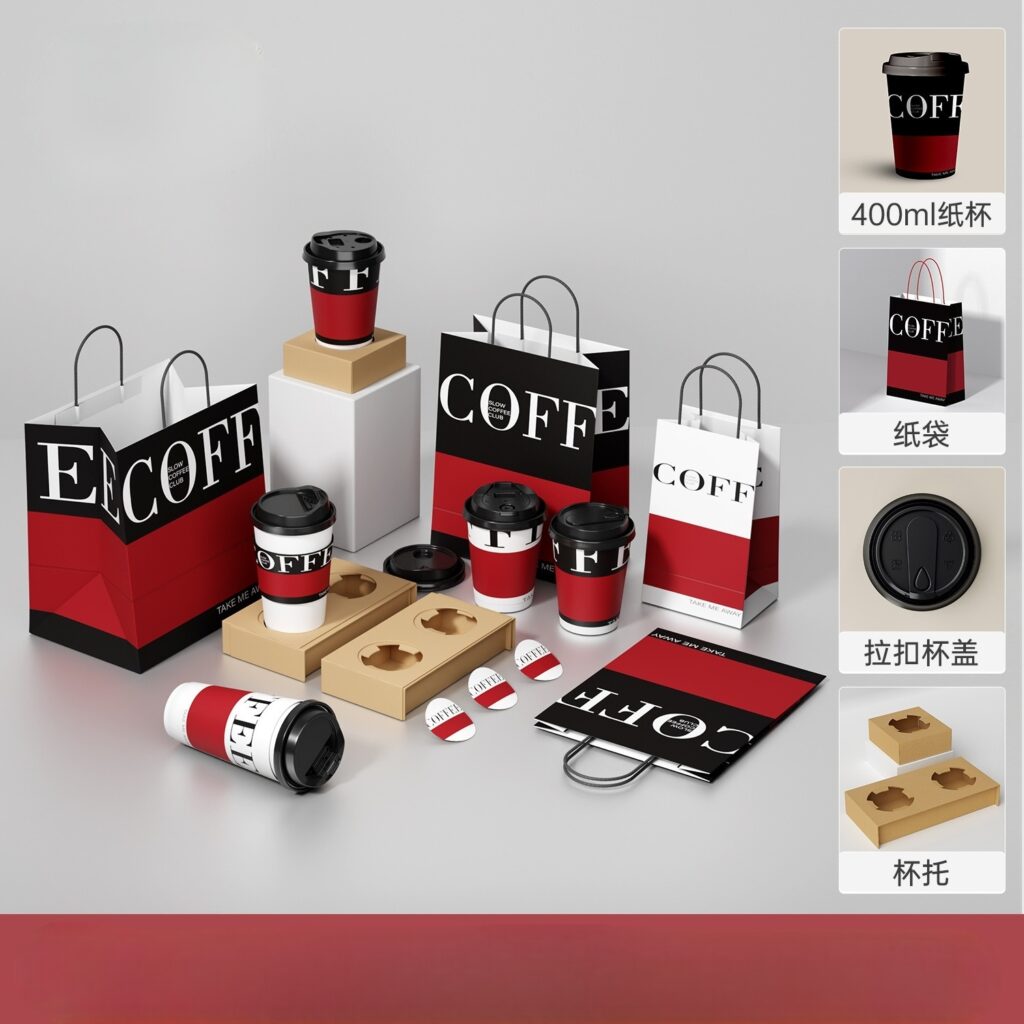
Medium Size 14oz PET Plastic Cup: Cold Beverage Sweet Spot
Advantages:
- Optimal size for iced beverages with ice displacement
- Strong customer value perception
- Excellent structural integrity
- Perfect for blended drinks
Disadvantages:
- Storage complexity with mixed inventory
- Environmental considerations
- Limited hot beverage applications
- Seasonal inventory challenges
The 14oz plastic cup represents the most popular cold beverage size, accounting for 25-30% of summer orders. This size accommodates ice volume while delivering appropriate beverage quantity. The unique 14oz sizing helps differentiate cold offerings from hot beverages.
Claims Assessment:
- Claim: “14oz is an unnecessary size between 12oz and 16oz” – WRONG. Ice displacement makes this size essential for optimal cold beverage delivery.
- Claim: “14oz plastic cups require different storage conditions” – RIGHT. Moisture sensitivity demands climate-controlled storage.

Large Size 16oz PET Plastic Cup: Premium Cold Experience
Advantages:
- Maximum value for cold beverage customers
- Premium pricing opportunities
- Extended consumption experience
- Popular for specialty cold drinks
Disadvantages:
- Higher material costs
- Increased storage requirements
- Environmental impact concerns
- Seasonal demand fluctuations
Large plastic cups serve customers seeking maximum cold beverage value. They’re particularly popular for specialty drinks, smoothies, and extended consumption scenarios. The 16oz plastic size requires careful inventory management due to seasonal variations.
Claims Assessment:
- Claim: “16oz plastic cups compete directly with paper cups” – WRONG. They serve different applications and customer needs.
- Claim: “Large plastic cups have the highest profit margins” – WRONG. Premium pricing must offset higher material costs and seasonal risks.
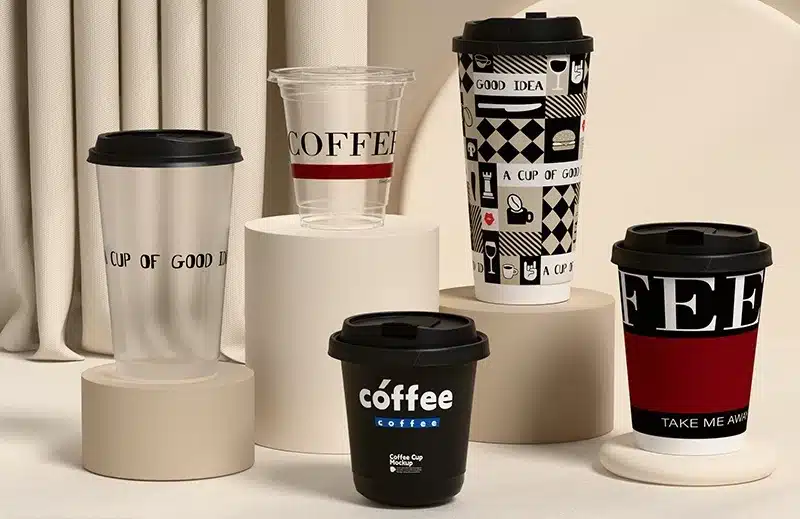
Grande Size 20oz PET Plastic Cup: Maximum Cold Beverage
Advantages:
- Ultimate value proposition for customers
- Premium positioning opportunities
- Perfect for sharing or extended consumption
- Highest per-transaction revenue
Disadvantages:
- Significant storage requirements
- Limited application scope
- High material costs
- Environmental impact considerations
The 20oz plastic cup serves specialized applications and represents 8-12% of cold beverage orders. This size requires careful demand forecasting and inventory management. When clients need maximum cold beverage options, I recommend working with experienced manufacturers who understand the technical challenges.
| Size Category | Material | Volume | Order Percentage | Inventory Priority | Season Impact |
|---|---|---|---|---|---|
| Smallest | Paper | 4oz | 2-3% | Low | Stable |
| Small | Paper | 8-9oz | 12-15% | Medium | Stable |
| Medium/Tall | Paper | 12oz | 35-40% | High | Stable |
| Large/Grande | Paper | 16oz | 25-30% | High | Stable |
| Small Cold | PET Plastic | 12oz | 15-20% | Medium | High Seasonal |
| Medium Cold | PET Plastic | 14oz | 25-30% | High | High Seasonal |
| Large Cold | PET Plastic | 16oz | 20-25% | High | High Seasonal |
| Grande Cold | PET Plastic | 20oz | 8-12% | Low | High Seasonal |
Material Selection Strategy: Paper vs. PET Plastic Performance Analysis
The choice between paper and PET plastic cups depends on specific application requirements and customer preferences. Both materials serve distinct purposes in modern coffee operations.
Paper cups excel in hot beverage applications, providing superior heat retention and comfortable handling. Our paper cup guides and tips detail the technical specifications for different temperature ranges and serving environments.
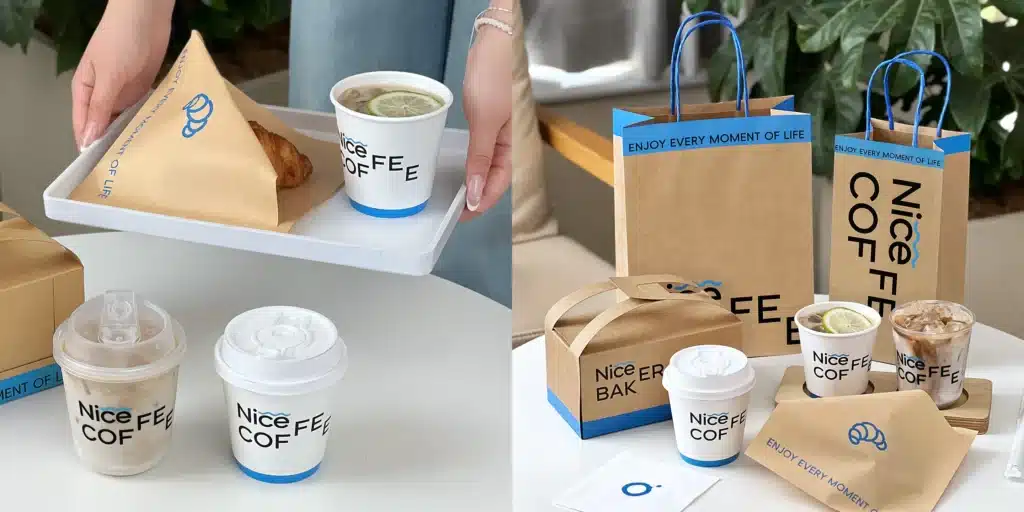
PET plastic cups dominate cold beverage applications due to their condensation resistance and crystal clarity. The ability to showcase beverage appearance significantly impacts customer perception and purchase decisions.
| Material Type | Best Applications | Temperature Range | Environmental Impact | Cost Considerations |
|---|---|---|---|---|
| Paper Cups | Hot beverages, espresso drinks | 140-180°F | Biodegradable/Recyclable | Lower base cost |
| PET Plastic | Cold beverages, iced drinks | 32-70°F | Recyclable | Higher clarity value |
When evaluating suppliers, consider technical support alongside pricing. Get Bio Pak Co., Ltd provides comprehensive material guidance based on your specific menu requirements and operational constraints. Our experience with major chains ensures optimal material selection for each application.
Cost Analysis and Procurement Strategy
Effective cup procurement requires understanding total cost of ownership beyond unit pricing. Storage costs, inventory turnover, waste management, and customer satisfaction all impact your bottom line.
I recommend analyzing your current size distribution quarterly. Most chains discover their ordering patterns don’t match actual demand, resulting in overstocked slow-moving sizes and stockouts on popular sizes.

Working with experienced suppliers streamlines this analysis. Companies like those featured in our top 6 paper cup companies in China overview provide data analytics and inventory optimization services that reduce total procurement costs by 12-18%.
Implementation: Your Next Steps
Optimizing your cup size portfolio requires systematic analysis of current operations, customer preferences, and market trends. Start by analyzing three months of sales data to identify your actual size distribution versus current inventory allocation.
Consider partnering with experienced manufacturers who understand the complexity of multi-location operations. At Get Bio Pak Co., Ltd, we’ve helped hundreds of chains optimize their cup portfolios, reducing costs while improving customer satisfaction. Our about us page details our experience working with major international chains.
Ready to optimize your coffee cup procurement strategy? Contact Get Bio Pak Co., Ltd today for a comprehensive analysis of your current operations and customized recommendations for improving efficiency and customer satisfaction.
Frequently Asked Questions
Q: What are the main differences between paper and plastic cup applications?
Paper cups are optimal for hot beverages (140-180°F) offering superior heat retention and comfortable handling. PET plastic cups excel for cold beverages (32-70°F) providing condensation resistance and product visibility that enhances customer experience and purchase decisions.
Q: How should inventory allocation differ between paper and plastic cups?
Paper cups should represent 60-70% of total inventory with 12oz as primary stock. Plastic cups need seasonal adjustment: 40-50% summer allocation, 20-30% winter allocation, with 14oz and 16oz as primary sizes for optimal turnover.
Q: Which cup sizes offer the best profit margins for coffee chains?
4oz paper cups offer highest per-ounce margins despite manufacturing costs. 12oz paper and 14oz plastic cups provide optimal volume-to-profit ratios. Large sizes (16oz+ paper, 20oz plastic) require premium pricing strategies to maintain profitability.
Q: Do paper and plastic cups require different storage considerations?
Yes, paper cups need dry storage to prevent moisture degradation and maintain structural integrity. PET plastic cups require climate-controlled storage to prevent static buildup and maintain clarity, with temperature stability being critical for performance.
Q: How do seasonal factors impact cup size demand patterns?
Paper cup demand remains stable year-round with minor winter increases. Plastic cup demand fluctuates dramatically: 200-300% summer increases for 12-20oz sizes, with 14oz and 16oz showing highest seasonal variation requiring quarterly inventory adjustments.
Q: What’s the optimal mix of paper versus plastic cups for new coffee chains?
Start with 70% paper cups (primarily 12oz and 16oz) for hot beverages and 30% plastic cups (12oz, 14oz, 16oz) for cold drinks. Adjust ratios based on local climate and customer preferences, monitoring quarterly for optimization opportunities.

